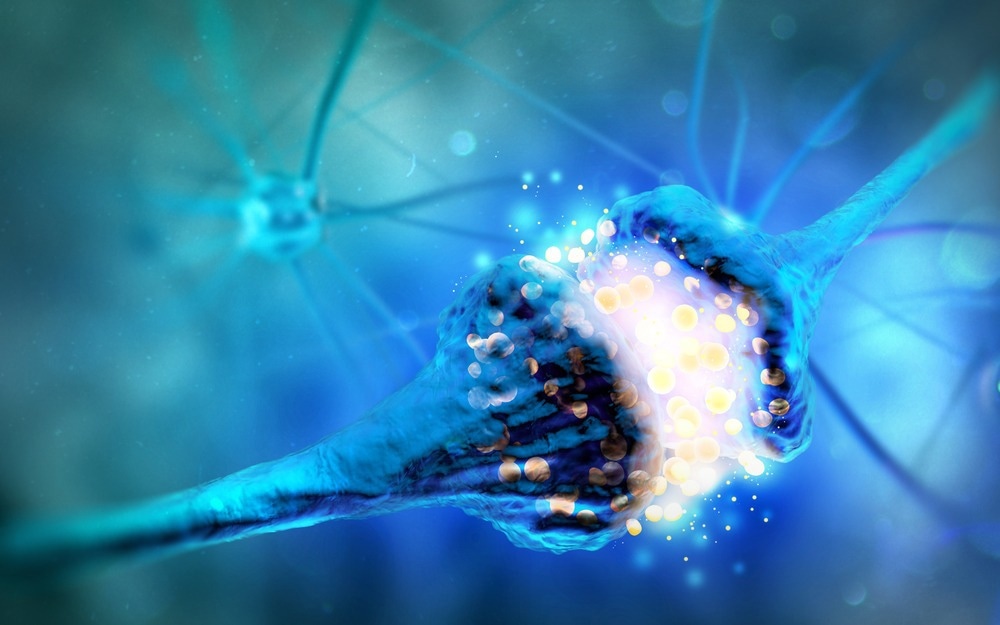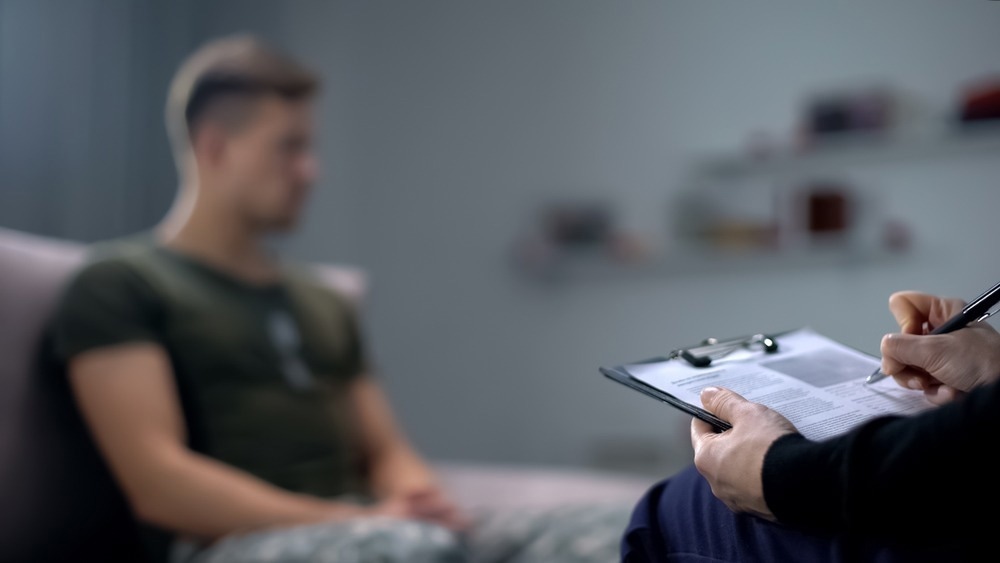In this interview, we speak to Professor Kay Tye and Hao Li about their latest research into memories and how we can start to understand the emotions behind them.
Please could you introduce yourself and tell us what inspired your career in neurobiology?
My name is Kay Tye, and I am a mom of two kids, who are 6 and 9. When I was in high school, I was quite certain that I would become a writer someday, and I had a lot of interest in English literature, which was an "impractical choice" in a household with two parents who were scientists. I reflect on my immense privilege to be raised by a biologist and a string theorist who both always seemed to love their work; but at the time, I was a rebellious teen and wanted to be an English major. One of the things I loved most about literature was how the stories would unfold and how the characters would develop and reveal themselves to us. The best literature, in my opinion, was characterized by the way one could capture the subjective experience of another and put it into your mind.
I was curious about how we could all be so different in our reactions and perceived experiences, yet all have some aspects that were fundamentally the same. I became interested in psychology, and searching for answers about how the most ineffable of experiences are actually implemented in biology became a pipe dream.
The neuroscience coursework I was exposed to early on was largely sensory and motor systems and less of an emphasis on the neural mechanisms of thoughts and feelings. Memory was certainly something that sparked my interest. I have many moments when I "knew" that I was going to (maybe) be a neuroscientist, but one worth mentioning because of the privilege of the experience that I could hardly appreciate as a freshman who had not yet completed her Intro to Psychology course: I met Henry Molaison, better known as case study patient H.M. -- the man who had bilateral temporal lobectomy that left him with no hippocampus and was unable to form any new memories.
Old memories were safe and crystal clear, but new memories (meeting a new person, remembering if you had eaten lunch, looking in the mirror and being shocked to see an old man's face instead of the younger man's reflection familiar from decades ago, prior to his temporal lobectomy).
Our memories, feelings, thoughts, and relationships with others are the processes that have fascinated me for as long as I can remember, and I feel just as curious to understand them as I ever have.

Image Credit: Net Vector/Shutterstock.com
Every experience an individual has is attached to a feeling; this is described as "valence assignment." Please could you tell us more about how this works?
Almost all our behaviors are motivated by two emotional valences: seeking reward and avoiding punishment. While we are experiencing the world around us, we are constantly bombarded by sensory stimuli, and most of them are unimportant. We must rapidly filter out the most important information to make a decision.
To do that, our brain would assign either a positive or a negative value to the environmental stimulus through learning, so we can use the stimulus as a cue to associate a positive or negative experience and predict future outcomes. We call this process valence assignment.
You have previously conducted research on valence assignment in mice. How did this study help to provide a foundation for your latest research?
We have previously found different amygdala neurons encode reward and punishment after associative learning, respectively. However, how are external stimuli linked to the rewards or punishments?
In the current study, we specifically investigated how amygdala neurons are shaped to reward- or punishment- encoding and how these neurons can bind information about the predictive stimuli and the outcome many seconds apart. We previously compared transcriptomic expression profiles between these different projection-defined amygdala neurons and identified that the neurotensin receptor gene is enriched in one population compared to the other. This led us to hypothesize that neurotensin could be a prime candidate for resolving the valence assignment problem.
In your latest research, you investigated the feelings associated with memories. Can you tell us more about how you conducted your study?
To study valence assignment or how mice are able to associate feeling with memories, we trained mice to associate one auditory tone with sucrose reward and another auditory tone with shock punishment.
Once mice have learned the association, they would approach the sucrose port in response to the tone that predicts sucrose delivery and freeze or run in response to the tone that predicts shock delivery.
What did you discover?
We monitored the changes in neurotensin concentration in the amygdala during learning using a new genetically encoded neurotensin sensor, and we found that neurotensin concentration was enhanced in the amygdala by reward and decreased by punishment.
Consistently, we can bias animals' behavior toward reward or punishment when we artificially manipulated neurotensin concentration in the amygdala by using CRISPR or optogenetics. More neurotensin in the amygdala --> reward; less neurotensin in the amygdala --> punishment

Image Credit: Andrii Vodolazhskyi/Shutterstock.com
In your study, you used CRISPR to isolate the neurotransmitter function, the first time it has been used for this purpose. How vital was this gene-editing technology to your research, and how do continued advancements within the life sciences help lead to new scientific discoveries in other sectors also?
The CRISPR experiments are extremely important in our study because this approach allowed us to selectively isolate neurotensin signaling without affecting other neurotransmitters (like glutamate) that are also released to downstream targets along with neurotensin. This way, we can be certain that the effects of this CRISPR manipulation are specific to neurotensin contribution but not the other co-released neurotransmitters.
At some levels, the advancement in life sciences is limited by the discoveries of new tools that would allow us to investigate biological problems in much deeper and more precise ways.
How could your research also potentially be used to help us understand mental health disorders such as anxiety and PTSD better? Could this lead to new treatments?
Mood can fluctuate day to day within a certain range. However, when the fluctuation is out of the range, it will be considered pathology. In general, too much positive processing (reward) leads to addiction-like behaviors such as gambling or drug addiction, while too much negative processing (punishment) leads to depression or anxiety.
We found that changing neurotensin release to the amygdala can drive either reward or punishment states. It allows us to modulate neurotensin to offset/compensate for the maladaptive/excessive positive or negative valence processing in the disease conditions.

Image Credit: Motortion Films/Shutterstock.com
What are the next steps for you and your research?
The leading author, Hao Li, is starting his own research lab at Northwestern University, where he will continue to explore the role of different neuropeptides in both health and disease.
Where can readers find more information?
About Professor Kay Tye
Kay Tye graduated with a major in Brain and Cognitive Sciences from MIT in 2003 and earned her PhD for thesis work focusing on how the amygdala undergoes plasticity for reward learning at UCSF. She did her postdoctoral training with Karl Deisseroth at Stanford, and her work focused on targeting specific projections in the amygdala to bidirectionally control anxiety.
She started her own lab at MIT in 2012 and focused on understanding the neural circuit mechanisms of emotional valence, where she earned tenure in 2018. She moved her lab from MIT to the Salk Institute in 2019 and became the Wylie Chair Professor of the Systems Neurobiology Laboratory. She became a Howard Hughes Medical Institute Investigator in 2021.
About Dr. Hao Li
Hao was born and raised in Beijing, China, and then moved to the U.S. after he earned a bachelor's degree from Shandong University. He completed his Ph.D. in neuroscience at the Medical University of South Carolina, working in Dr. Thomas Jhou’s laboratory. In 2019, Hao joined the laboratory of Dr. Kay Tye at the Salk Institute for his postdoc.
Hao is now an incoming Assistant Professor at the Department of Psychiatry and Behavioral Sciences and the Department of Neuroscience at Northwestern University.